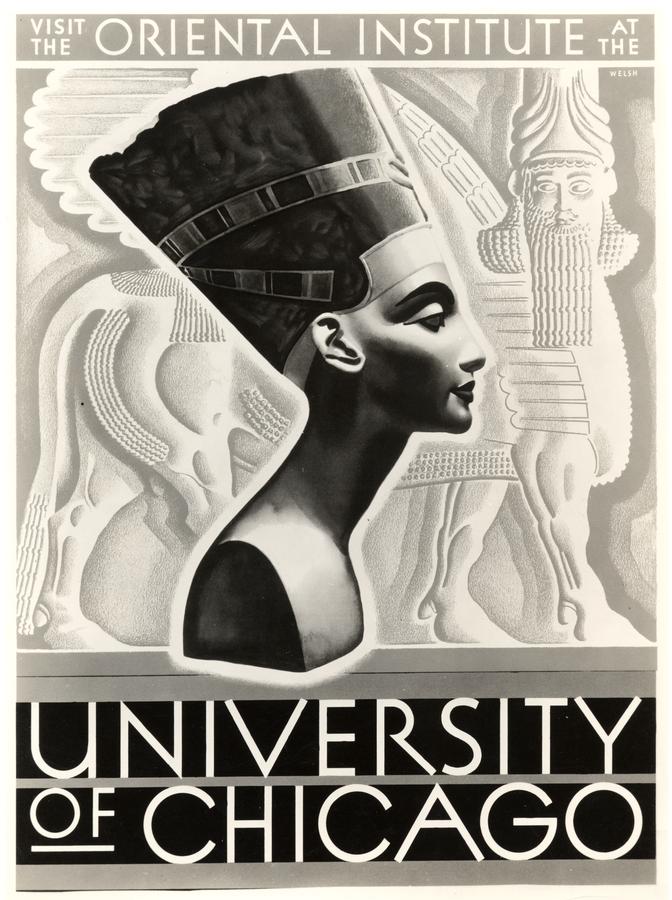The University of Chicago Features
By William HarmsA 300-pound fragment of a human-headed winged bull from the Neo-Assyrian city of Khorsabad sits on a table in the Oriental Institute’s conservation laboratory. The fragment, made of gypsum, is about to get the most attention it’s had since a team of archaeologists excavated it more than 70 years ago in northern Iraq.
Alison Whyte, Assistant Conservator, guides a small vacuum nozzle over the fragment’s surface—past its carved rosette decorations and over tiny bits of dirt, some of which are more than 2,000 years old. She uses a small artist’s brush with especially fine bristles to sweep up the dust...

Alison Whyte, Assistant Conservator, and Monica Hudak, Contract Conservator, clean the 300-pound gypsum fragment of a human-headed, winged bull, an artifact in the Oriental Institute's collection. (Photo by Lloyd DeGrane)
See the chronicle of news about the Oriental Institute.





 Stumble It!
Stumble It!


No comments:
Post a Comment